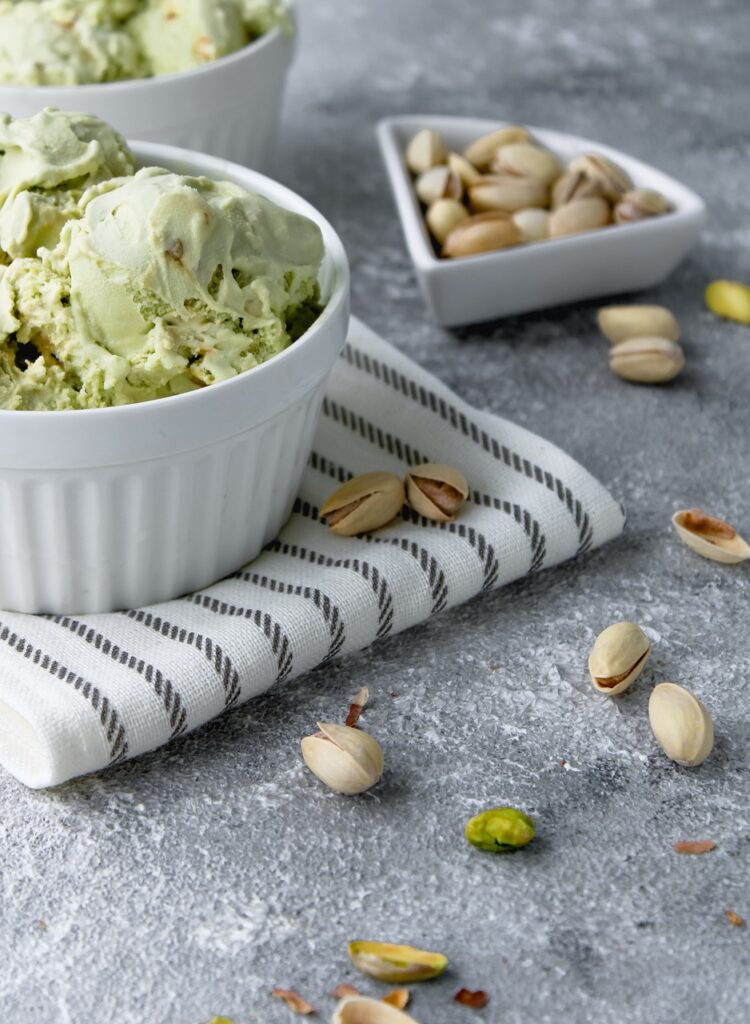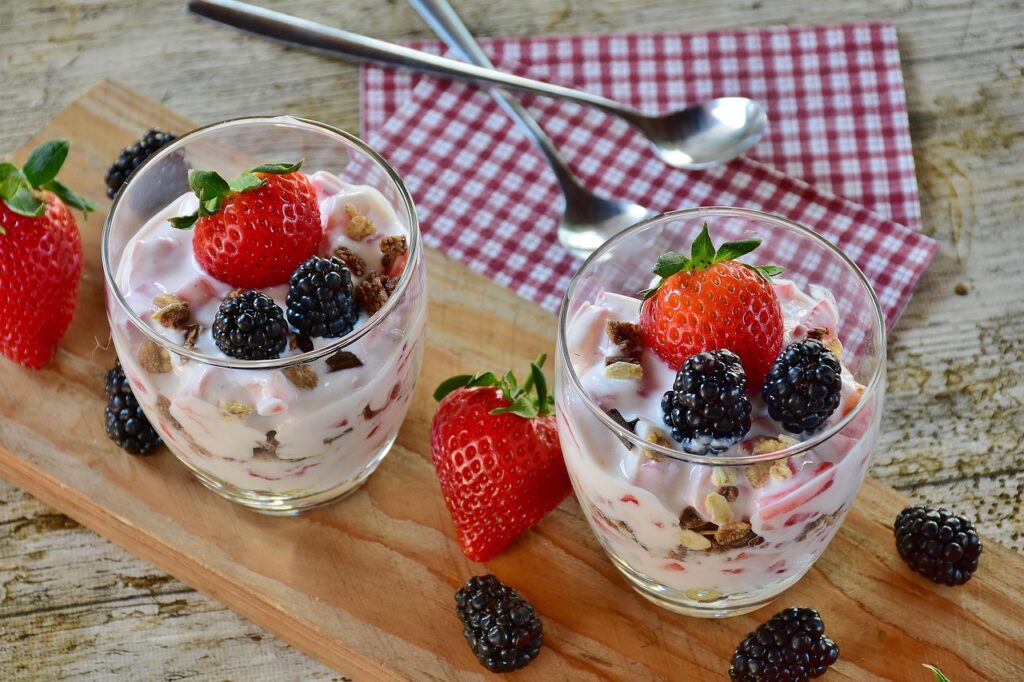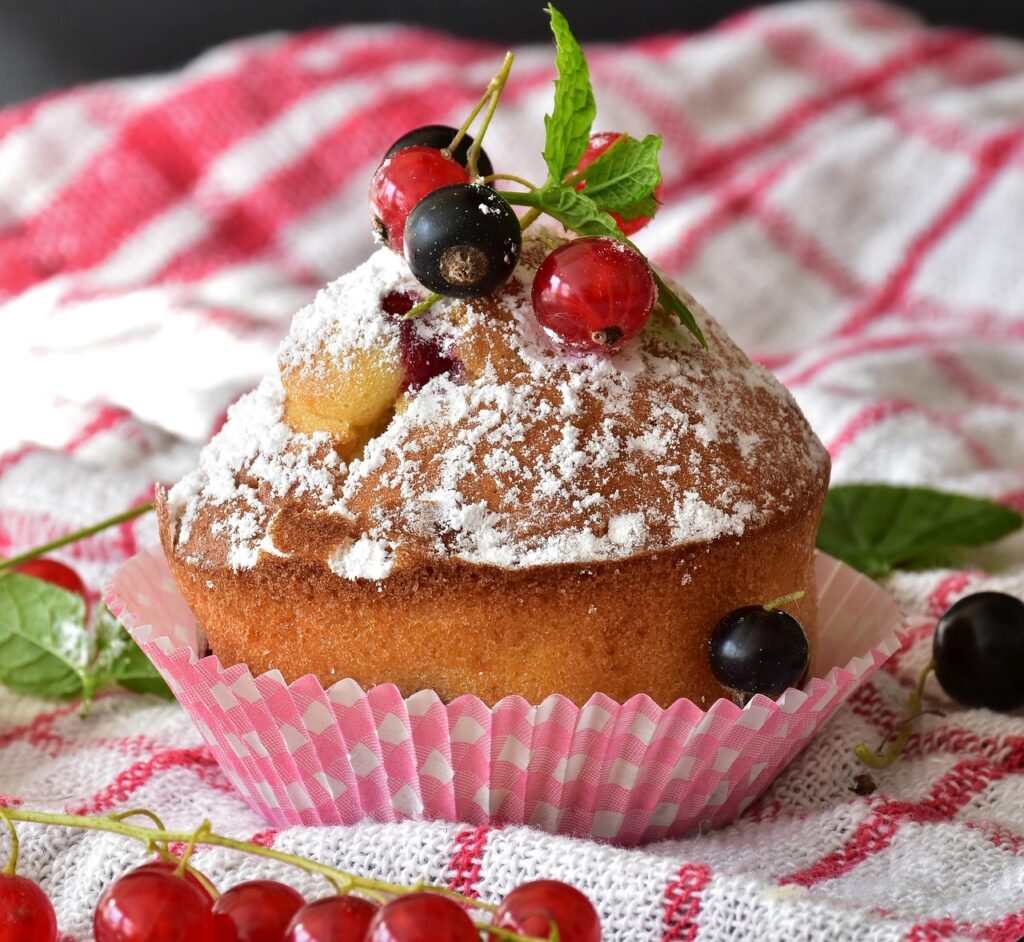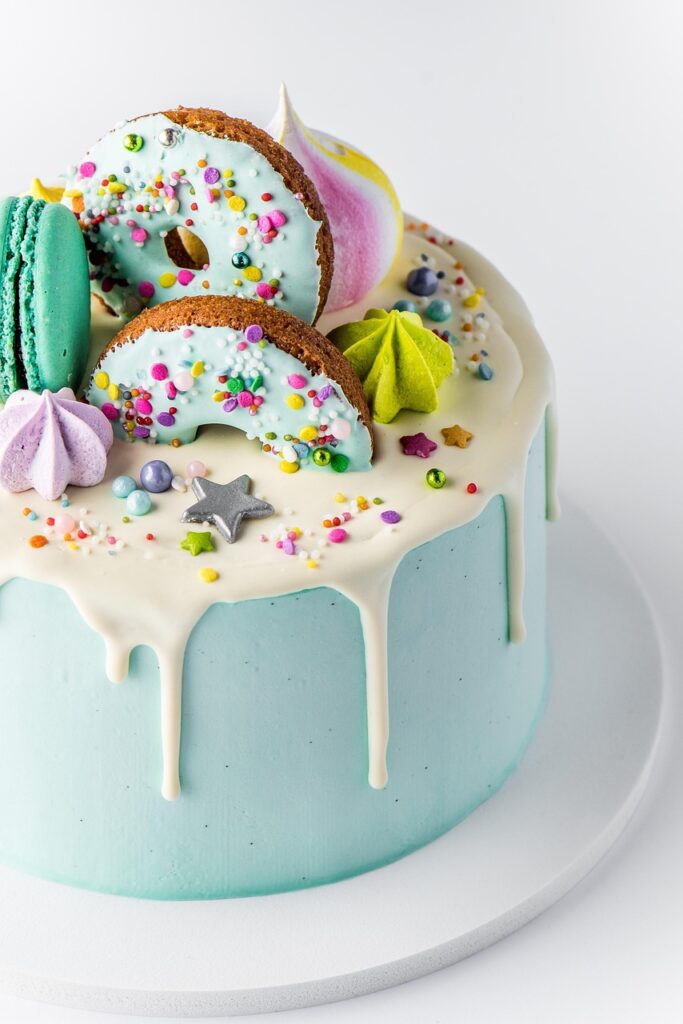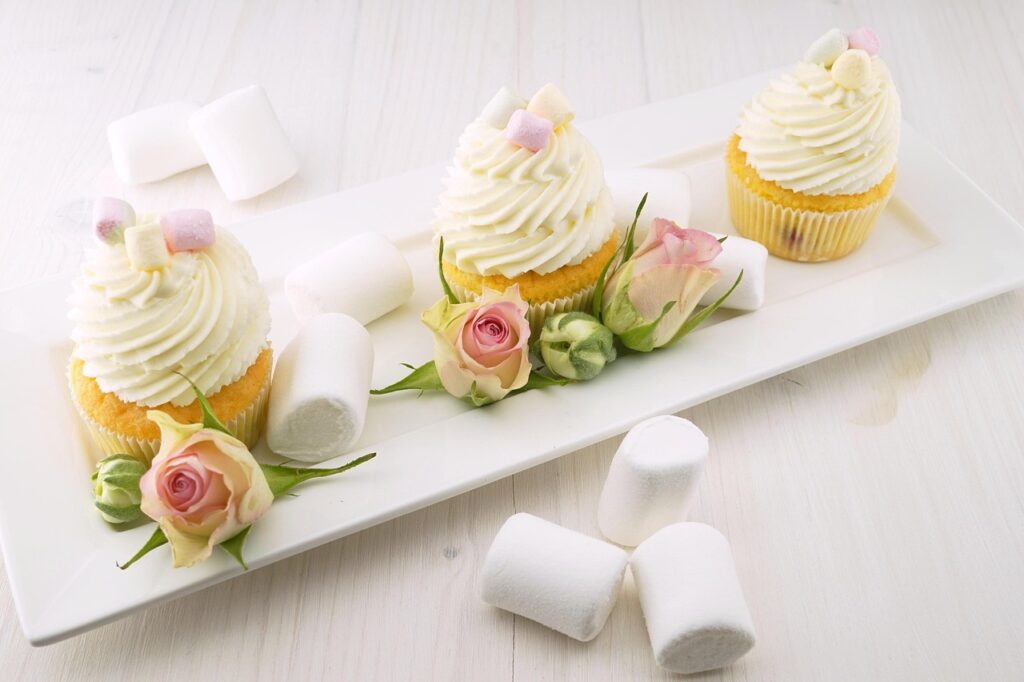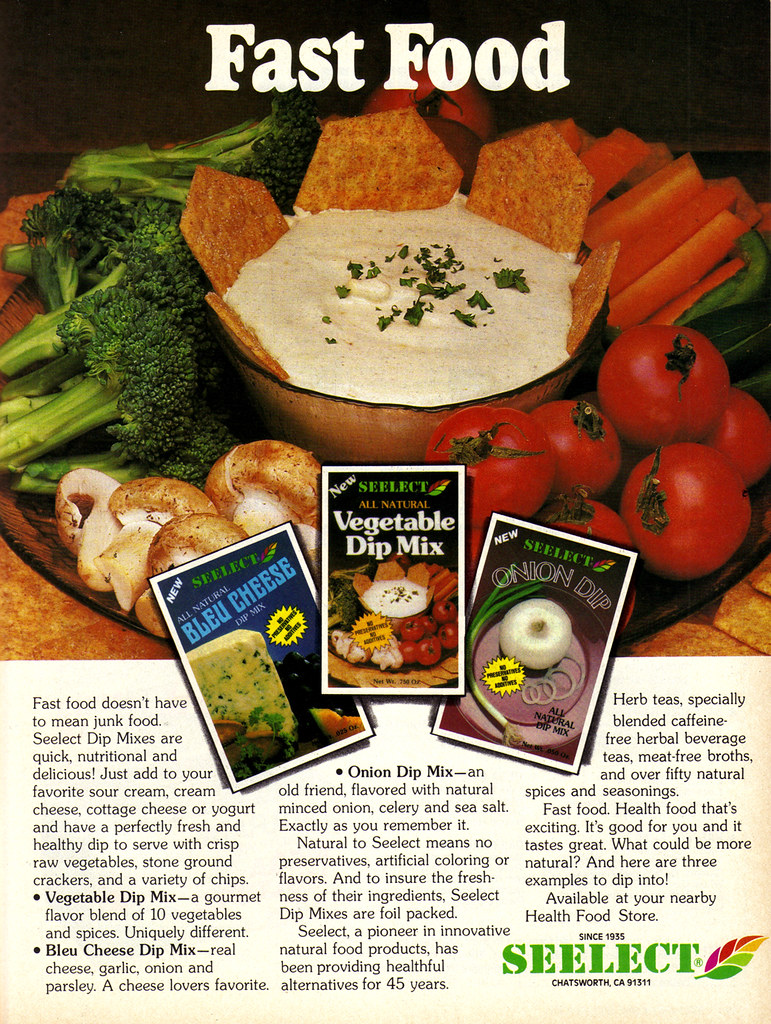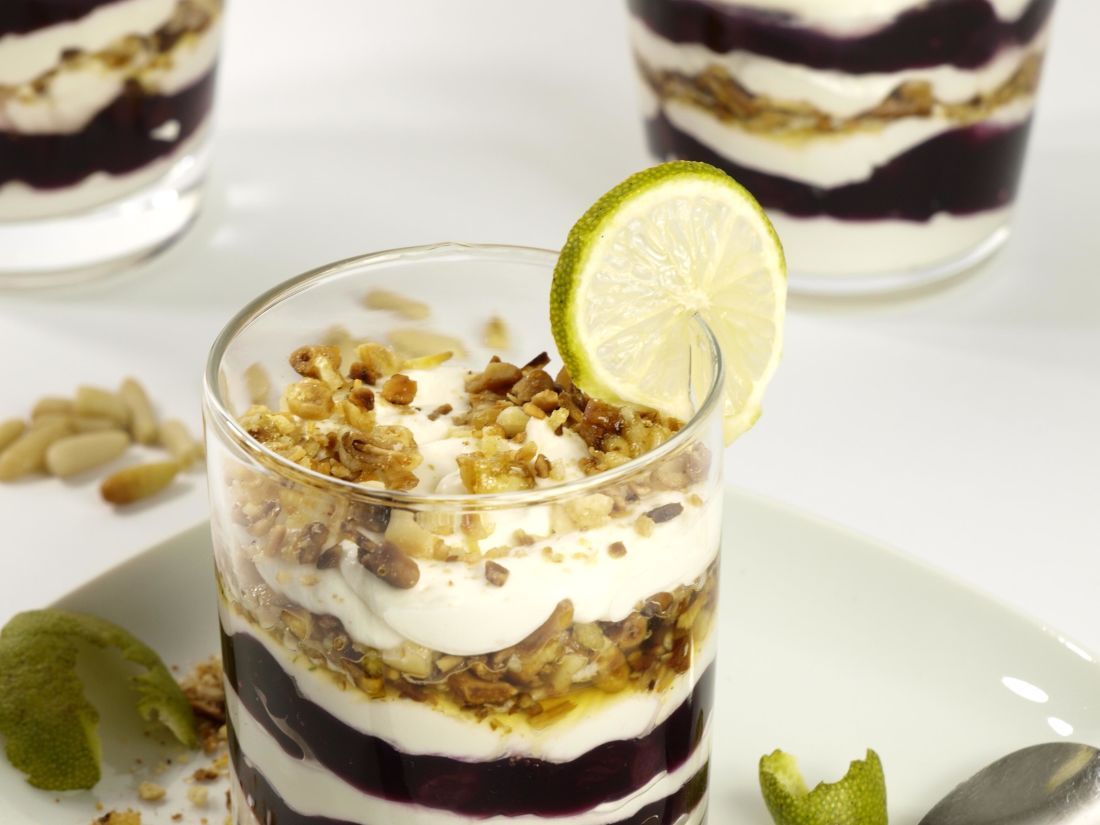
There’s a special kind of joy that comes from presenting a homemade dessert, whether it’s for a birthday celebration, an anniversary, a potluck with friends, or simply making an everyday dinner feel a little more extraordinary. The thought of creating something that looks professionally made, yet is surprisingly easy to put together, is a dream for many home bakers. We all want to impress without the stress, and thankfully, the world of desserts is full of clever tricks to help us achieve just that.
One of the most persistent questions in the realm of easy desserts, especially no-bake wonders, revolves around achieving that perfect, stable set without relying on traditional gelatin. Many bakers seek alternatives, either for dietary reasons, preference for a cleaner texture, or simply to explore new culinary horizons. The good news is, you absolutely can create stunning, perfectly set desserts that are free from gelatin, and you might even discover new favorite ingredients along the way.
So, if you’ve ever found yourself wondering how to craft creamy puddings, stable cheesecakes, or delightful jellies without a hint of animal gelatin, you’re in for a treat. We’re about to unveil some remarkable natural ingredients that are not only powerful gelling and thickening agents but also bring their own unique benefits to your kitchen creations. These are the unsung heroes ready to transform your dessert game, ensuring every bite is a triumph of texture and taste, all without the fuss of gelatin.
1. **Agar Agar**When it comes to plant-based gelling agents, agar agar truly stands out as a superhero, especially for those adhering to vegan or vegetarian diets. This natural ingredient is extracted from red algae, specifically varieties like Gracilaria and Gelidium, making it a fantastic alternative to animal gelatin. Its potency is remarkable; just a small pinch is often sufficient to achieve the desired texture in your recipes, making it a highly efficient choice for thickening and setting.
Whether your culinary ambition is to craft light and airy mousses, luxuriously creamy panna cotta, or vibrant, colorful jellies, agar agar proves to be an incredibly versatile ally. It creates a firmer set than gelatin and boasts several appealing benefits. For instance, it’s rich in fiber, which can contribute positively to aiding digestion, a delightful bonus for any dessert.
Beyond its digestive benefits, agar agar doesn’t add significant calories to your recipes, making it an ideal choice for those who are mindful of their calorie intake. Perhaps one of its most impressive characteristics is its ability to solidify at room temperature, eliminating the need for constant refrigeration to achieve its thickening effect. This particular trait offers considerable flexibility when preparing and serving your desserts, allowing for more creative presentations and less worry about maintaining a chill.
Read more about: Stepping Back to the Sixties: The 11 Icon-Makers Who Were the True Royals of Style and Shaped the Global Scene
2. **Carrageenan**Another fascinating natural ingredient derived from red algae, specifically Chondrus crispus—also widely recognized as Irish moss—is carrageenan. This ingredient excels at making foods creamier and smoother, which is why you’ll often find it listed in the ingredients of popular treats like ice cream and puddings. It’s responsible for delivering that luscious, mouthwatering texture we all crave in certain desserts.
What sets carrageenan apart from gelatin is its capacity to form more elastic and heat-stable gels. The exact type of gel it creates can vary depending on its specific variety, such as kappa, iota, or lambda, and the presence of various ions, like calcium. This versatility allows bakers to fine-tune the texture of their creations, achieving just the right consistency for a diverse range of treats.
Carrageenan is particularly lauded for its ability to impart a rich, full-bodied texture, even in products designed for vegan or lactose-free diets. This makes it an invaluable asset for creating inclusive dessert options without compromising on the sensory experience. It’s perfectly suited for crafting desserts that demand a velvety touch, making it an excellent choice for delectable creams and comforting puddings that feel truly indulgent.
Read more about: Beyond the Cart: 14 Overpriced Grocery Items Frugal Shoppers Are Skipping to Save Big
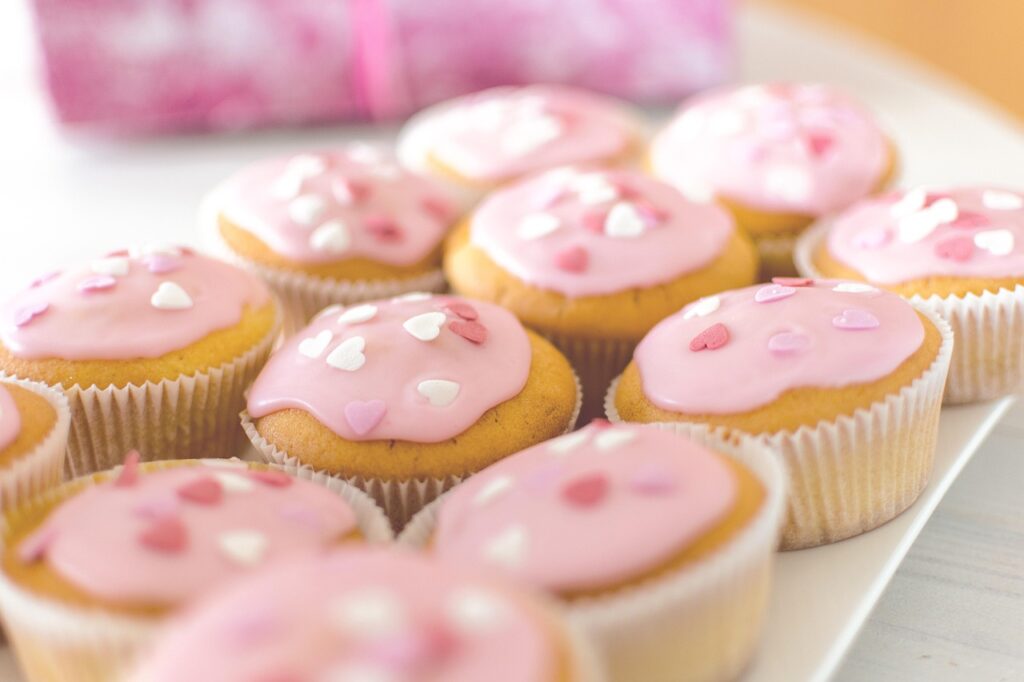
3. **Pectin**Pectin is a remarkable natural fiber that often goes unnoticed, tucked away within the skins of many common fruits, particularly apples and oranges. It’s a powerhouse ingredient for anyone looking to create jams, preserves, and fruit jellies, as its gelling properties are truly exceptional when properly activated. To unleash pectin’s full potential, it requires the synergy of sugars and acids, a combination that transforms fruit juices into beautifully set, flavorful concoctions.
The gels formed by pectin are known for being stiffer and more heat-stable compared to those created by gelatin, providing a robust structure that holds up well. This characteristic makes it a favorite for recipes where a firm, clear set is desired, ensuring your fruit-based desserts maintain their shape and appeal. It’s a testament to nature’s ingenuity that such a simple extract can achieve such impressive results.
Beyond its culinary applications, pectin also offers notable health benefits. As a soluble fiber, it plays a beneficial role in the digestive system, and it has been observed to help reduce cholesterol levels. Furthermore, its completely natural origin means it doesn’t require the addition of any chemicals or artificial additives to achieve its gel-like consistency. This makes pectin an excellent choice for those who prioritize natural ingredients and wholesome preparations in their kitchen endeavors.
Read more about: Unmasking the Masters of Deception: 13 Legendary Forgeries That Fooled the Art World and Beyond

4. **Corn Starch (Maizena)**Corn starch, often known by its brand name Maizena or simply cornstarch, is a humble yet indispensable ingredient in kitchens worldwide. Derived from the inner kernel of corn, this natural thickener is a go-to for binding and thickening liquids, transforming them into rich, creamy textures. When subjected to heat, cornstarch forms a unique network that effectively traps water molecules, resulting in a delightfully thick and velvety consistency that is perfect for a myriad of desserts.
In contrast to gelatin, which typically yields a firmer, more transparent gel, cornstarch offers a softer, more opaque, and wonderfully smooth texture. This makes it an ideal choice for a wide array of sweet treats, including luscious puddings, moist cakes, delicate creams, and velvety sweet sauces. Its ability to create a gentle, yielding body without being overly rigid is what makes it so beloved in comfort desserts.
Moreover, corn starch comes with a host of practical advantages. It is naturally gluten-free, which broadens its appeal and makes it suitable for individuals with celiac disease or gluten sensitivities. Its widespread availability and affordability are also significant benefits, as it can be easily purchased at virtually any supermarket without breaking the bank. Perhaps most importantly, corn starch is remarkably neutral in flavor, ensuring it thickens your preparations without altering the delicate taste profiles of your carefully crafted desserts.
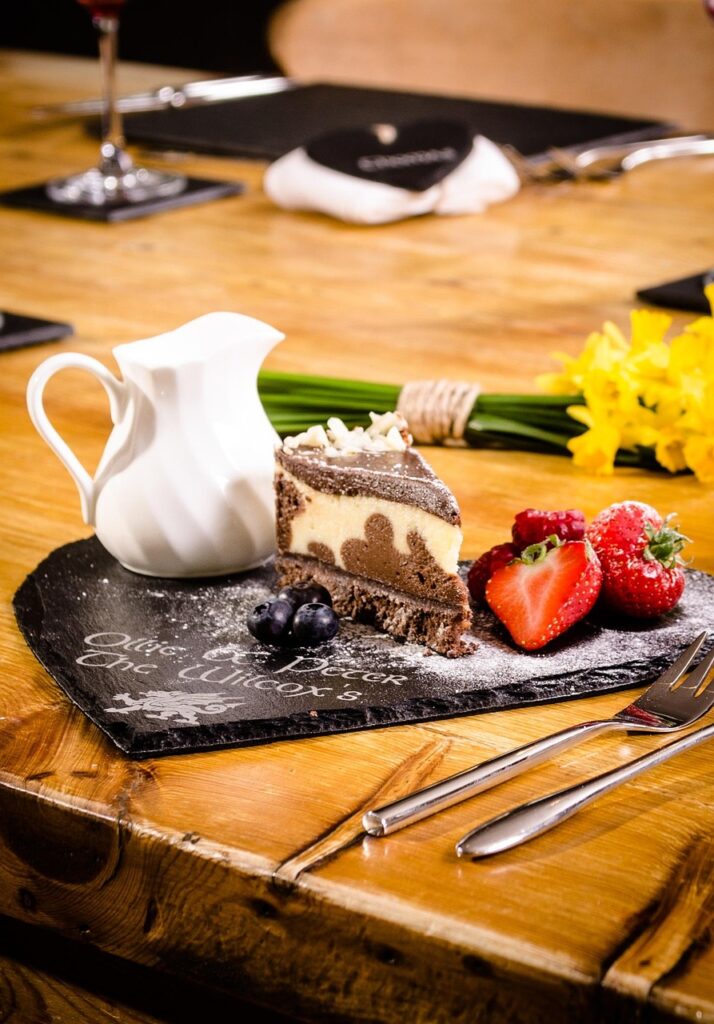
5. **Locust Bean Seed Flour**Locust bean seed flour, also known as carob seed flour or locust bean gum, is a potent natural thickener extracted from the seeds of the carob tree. This ingredient is particularly celebrated in gluten-free and vegan culinary circles, where its versatility shines. It possesses the remarkable ability to replace both animal gelatin and eggs in many dessert preparations, lending a thick, creamy texture that satisfies without compromise.
One of the distinguishing characteristics of locust bean seed flour is its capacity to form gels that are generally more opaque and notably more stable than those created with gelatin. While it does possess a slightly sweet taste, it can also leave a subtly bitter aftertaste, which savvy chefs can skillfully balance with other flavors in their recipes. Its robust thickening power ensures that desserts achieve a desirable body and consistency.
Beyond its functional thickening properties, locust bean gum offers several impressive health benefits. Its high fiber content contributes positively to improving intestinal health, making it a valuable addition for those looking to boost their dietary fiber intake. Additionally, carob, from which this flour is derived, contains polyphenols, which are known to act as natural antioxidants, providing an extra layer of nutritional value. It is also suitable for vegetarians and vegans, is gluten-free, and boasts a low glycemic index, making it an excellent choice for a health-conscious approach to dessert making.
While those ingenious natural alternatives are fantastic tools for your no-bake repertoire, achieving dessert perfection often hinges on mastering a few crucial techniques and understanding how other key ingredients play their part. It’s all about building a stable foundation, knowing the power of patience, and leveraging everyday heroes in your pantry. Let’s dive into these essential strategies that will guarantee your no-bake creations are nothing short of spectacular, perfectly set, and utterly delicious. From clever crusts to the wonders of chilling, and a deep dive into specific thickeners, get ready to elevate your dessert game!
6. **Crafting the Foundational Crust**The journey to a perfectly set no-bake dessert truly begins from the ground up, with its very foundation. The base isn’t just there for taste; it provides the essential structure that holds your entire creation together. While you might be tempted to overlook it, mastering the crust is a non-negotiable step for any aspiring no-bake dessert artist. Classic choices like biscuit or graham cracker bases are popular for a reason—they offer a comforting flavor and a sturdy starting point.
The real secret, however, lies in how you bind those crumbs together. It’s a delicate balance that can make or break your base. You need “just enough melted butter to make the crumbs stick together when pressed.” This creates a cohesive mixture that will compact beautifully. Go too heavy on the butter, and you risk a greasy, unappetizing base. Skimp on it, and your crust will be a crumbly mess, unable to support the luscious filling you’ve worked so hard to create.
Once you’ve achieved that ideal crumb-to-butter ratio, the next critical step is firming it up. After pressing the mixture firmly into your pan—using the bottom of a glass works wonders for an even layer—you must “chill the crust before adding the filling to ensure it holds together well.” A quick 30-minute stint in the fridge is usually enough to solidify that buttery bond, giving your cake a “strong, dependable foundation” before any other layers are introduced.
For those with dietary considerations, this foundational step remains just as flexible and accommodating. The good news is that this recipe, and many like it, “can easily be made gluten-free by using gluten-free graham crackers for the crust.” Options like Pamela’s Gluten-free Honey Grahams or Honey Cinnamon Seed & Nut Flour Sweet Thins from Simple Mills are fantastic choices, offering delicious alternatives without compromising on texture. If you’re leaning towards a whole wheat version, homemade whole wheat graham crackers can also be crushed for a rustic, wholesome base, though be warned, it might feel a little “painful” to crush up your freshly baked crackers!
Read more about: Cooking Up Stardom: A Deep Dive into 15 Best-Selling Celebrity Cookbooks You Need in Your Kitchen
7. **The Indispensable Role of Chilling**Beyond just ingredients, one of the most powerful—and often “underrated”—tricks in the no-bake baker’s toolkit is wonderfully simple: time. More specifically, chilling time. While it might feel like the longest part of the process, this period of rest in the refrigerator is absolutely “essential, not just for setting the cake, but for letting the flavors develop and meld.” It’s where all the beautiful components you’ve carefully assembled finally come together in harmony.
Think of chilling as the silent worker, performing half the magic for you. Most no-bake cakes require a minimum of “at least 6 hours in the fridge, but ideally overnight” to properly set. This extended chill time allows the gelling agents (whether natural or traditional) to fully activate and the various fats in your filling to firm up, resulting in that coveted stable, sliceable texture. It’s an act of patience that pays off handsomely in the end.
Rushing this crucial step is a common pitfall. If you attempt to unmold or slice your masterpiece “too soon, the structure won’t hold,” leaving you with a disappointing, wobbly mess. The key is to be patient and trust the process. For optimal results, ensure your cake is placed “in the coldest part of your fridge and avoid opening the door too often.” A “consistent, low temperature” is vital, allowing “the fats in the cake from the cream, butter, or chocolate firm up properly,” guaranteeing a flawless set every single time.
For cheesecakes, this patience is particularly paramount. The Greek Yogurt Cheesecake, for instance, explicitly recommends to “chill for at least 24 hours – giving the cheesecake enough time to set will help achieve the perfect texture.” This commitment to extended chilling ensures that every layer, from the creamy filling to the robust crust, reaches its peak stability and flavor, making for an unforgettable dessert experience.
Read more about: 15 Mind-Blowing Animal Facts You Absolutely Won’t Believe

8. **The Magic of Cream Cheese**When it comes to achieving that luscious, rich, and stable texture in many no-bake desserts, particularly cheesecakes, cream cheese is an undisputed hero. It’s a “naturally thick ingredient that can create a stable structure when whipped with heavy cream,” serving as a fantastic and widely accessible alternative to gelatin, especially when you’re looking to avoid that “Jello-like quality” some no-bake creations can acquire.
In recipes like the Greek Yogurt Cheesecake, full-fat cream cheese, brought to room temperature, is the backbone of the filling. When it’s beaten with honey, it transforms into a “well-combined and fluffy” base that promises incredible creaminess. This foundational ingredient provides the essential body and richness, ensuring your dessert tastes indulgent and luxurious, holding its shape beautifully without any wobbly surprises.
The beauty of cream cheese also extends to its versatility. While full-fat versions are often recommended for their superior creaminess and setting power, other options exist for different dietary needs. For example, a “Low-Fat Cheesecake” can still achieve a desirable texture using “a combination of Neufchatel cheese (a French cheese that is naturally low in fat), reduced-fat sour cream and fat-free cream cheese.” This demonstrates how cream cheese, in its various forms, remains a central figure in crafting diverse dessert profiles.
Whether it’s the star of a classic cheesecake, the indulgent component in “Dessert ‘Charcuterie’ Board” dips, or the signature element of a “Copycat Red Velvet Chocolate Chip Nothing Bundt Cake” frosting, cream cheese consistently delivers on texture and flavor. Its natural ability to thicken and stabilize without additional gelling agents makes it an indispensable ingredient for home bakers aiming for impressive, yet easy, no-bake triumphs.
Read more about: Seriously, Where Did They Go? 14 Classic Desserts That Totally Vanished From Our Tables
9. **White Chocolate: A Sweet Stabilizer**Often thought of purely for its sweet indulgence, white chocolate holds a secret superpower in the world of no-bake desserts: it’s a fantastic stabilizer. When melted and carefully folded into lighter components like whipped cream or cream cheese, it performs a subtle magic, helping your cake “set with a subtle firmness and a luxurious texture.” This makes it an invaluable ingredient for those seeking a delicate yet stable finish without the need for traditional gelling agents.
The unique composition of white chocolate, rich in cocoa butter, is what gives it this incredible ability. As it cools and solidifies within the filling, it provides a gentle structure, transforming airy creams into stable, sliceable layers. This is particularly useful in mousses or cream-based no-bake cakes where a soft, melt-in-your-mouth texture is desired, but also one that can hold its form beautifully on a plate.
Beyond its functional benefits, white chocolate also imparts a wonderfully rich and creamy flavor profile. This adds an extra layer of decadence to your desserts, enhancing the overall sensory experience. It’s a clever way to add both stability and exquisite taste, elevating your no-bake creations from good to absolutely glorious. So next time you’re whipping up a dreamy, no-gelatin dessert, consider reaching for a bar of quality white chocolate; it might just be the unsung hero you didn’t know you needed.
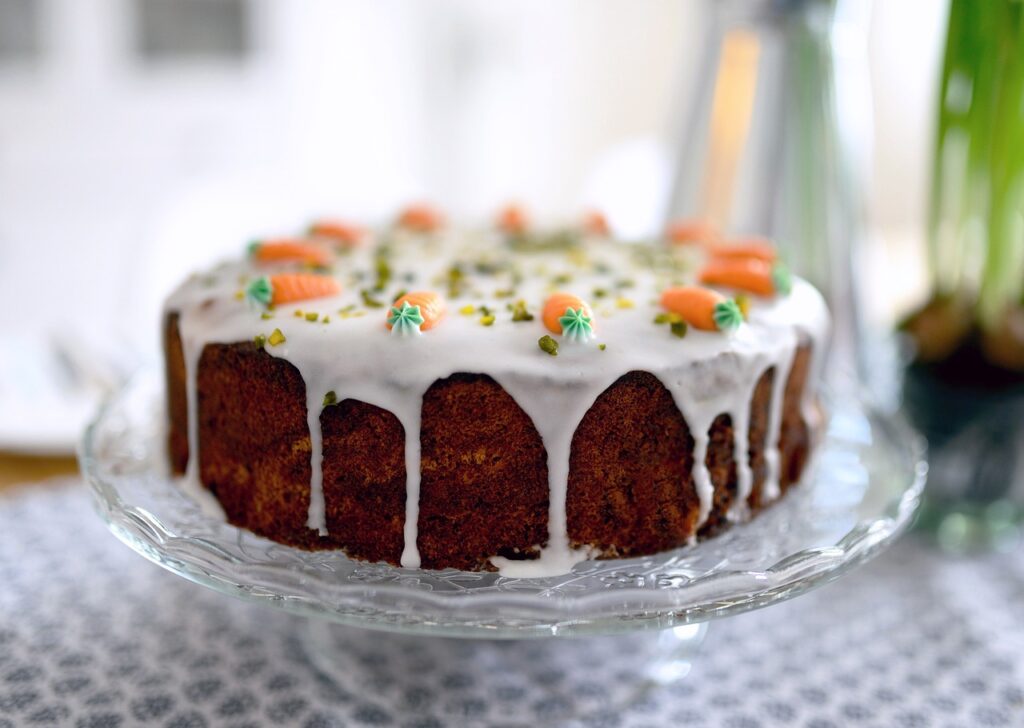
10. **Balancing Ingredients and Mastering the Whip**Even with the right thickening agents and a perfect crust, the success of a no-bake dessert hinges critically on the balance of its ingredients and the technique of its preparation. A “common issue with runny no-bake cakes is an imbalance of moisture.” Overloading your filling with too many liquids, such as “fruit purees, syrups, or extracts,” can easily throw off the delicate set you’re trying to achieve, leading to a disappointing lack of structure.
To deftly navigate this challenge, a few simple yet effective strategies can make all the difference. If your recipe calls for fruit purees, it’s a smart move to “strain fruit purees before adding them to fillings.” This removes excess liquid, concentrating the flavor while reducing the moisture content. Furthermore, always opt for “full fat dairy like heavy cream and full fat cream cheese, since low fat versions have more water content.” The higher fat content in these ingredients contributes significantly to a richer texture and a more reliable set.
Another crucial aspect that often gets overlooked is the technique of incorporating these ingredients, especially when dealing with whipped components. “Whipping cream or egg whites correctly is essential to achieving the airy, stable texture that no-bake cakes are known for.” Under-whipped cream simply “won’t hold” its shape, while over-whipping can lead to a grainy or even buttery texture. The goal is to “aim for soft to medium peak,” where the cream “should hold its shape but still” maintain a luscious, smooth consistency.
When combining liquids into your whipped ingredients, the method is just as important as the ingredients themselves. Always “fold rather than mix aggressively.” This gentle technique preserves the air pockets you’ve painstakingly created through whipping, which are vital for a light yet stable dessert. And if you’re adding fresh fruit, ensure you “dry them gently with paper towels and avoid placing them too close to the edge, where they might release moisture and cause the sides to weep.” These meticulous steps might seem small, but together, they are instrumental in crafting no-bake desserts that are consistently perfect in both texture and appearance.
Read more about: Sweet Revival: 12 Vintage-Style Desserts Making a Comeback in 2025 with Nostalgic Tastes and Modern Twists
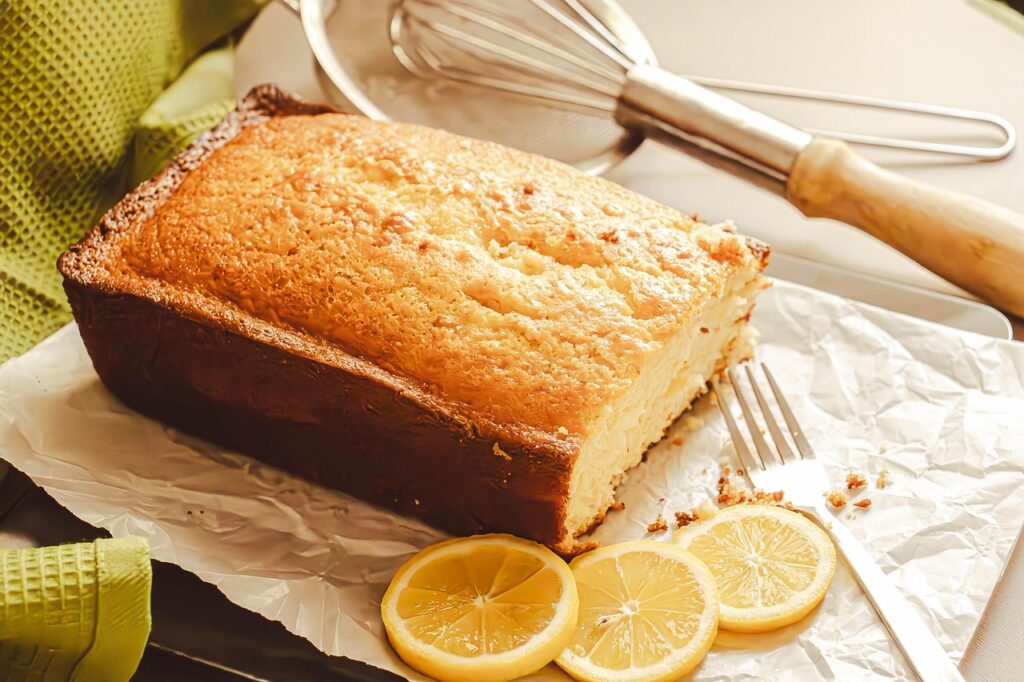
11. **The Greek Yogurt Cheesecake: A No-Gelatin Masterpiece**Bringing all these brilliant techniques and ingredients together, we arrive at the crowning jewel of no-gelatin desserts: the Greek Yogurt Cheesecake. This recipe is a stellar example of how you can create an “amazingly creamy and wonderful no-bake cheesecake” that is not only “made without gelatin” but also “subtly lightened up with Greek yogurt – though you’d never know it!” It delivers all the indulgence of a classic cheesecake, with the added benefit of being effortlessly adaptable to be gluten-free.
What makes Greek yogurt a fantastic ingredient here? It’s a game-changer because “it adds a subtle tanginess that enhances the flavor without overpowering it,” providing a delightful complexity. Moreover, “it helps create a creamy, luscious texture” that mimics traditional rich cheesecakes. This smart substitution “lightens up the dessert without making it taste ‘healthy’,” ensuring every bite is a pure treat, and as a bonus, “it’s a great source of protein, making the cheesecake slightly more nutritious.”
The magic happens in the filling, a symphony of “full-fat cream cheese,” “mild-flavored liquid honey,” Greek yogurt, “lemon juice” (which adds tang, not a lemon flavor), and a touch of vanilla and sea salt. This combination yields a cheesecake that is “perfectly sweet, soft, and luscious – without being unnaturally firm.” The crust, as emphasized earlier, is equally crucial, calling for “finely crushed graham crackers” combined with “melted butter and a touch of honey or sugar,” then firmly pressed and chilled.
For a truly perfect outcome, a few expert tips are essential. Always “use full-fat Greek yogurt – this ensures a rich and creamy texture while helping the cheesecake set properly.” Patience is a virtue, so “chill for at least 24 hours – giving the cheesecake enough time to set will help achieve the perfect texture.” A well-packed crust is non-negotiable: “press the crust firmly – a well-packed crust will hold together better and provide a solid base for the filling.” Lastly, “sweeten to taste” to achieve your ideal balance. Once set, this cheesecake is a blank canvas, begging for toppings like “strawberries, blueberries, raspberries, peaches, a drizzle of strawberry syrup, a dollop of homemade whipped cream, or a sprinkle of toasted coconut or nuts.”
This incredible Greek yogurt cheesecake recipe epitomizes the art of creating stunning no-bake desserts without gelatin. It’s simple to store, too, keeping “covered in the refrigerator for up to 5 days,” or even frozen for longer enjoyment. Serve it chilled for the absolute best texture and flavor, and prepare for rave reviews. With these natural alternatives and clever techniques, your no-bake dessert days are officially elevated to a whole new level of deliciousness and stability. Happy baking, no gelatin required!

